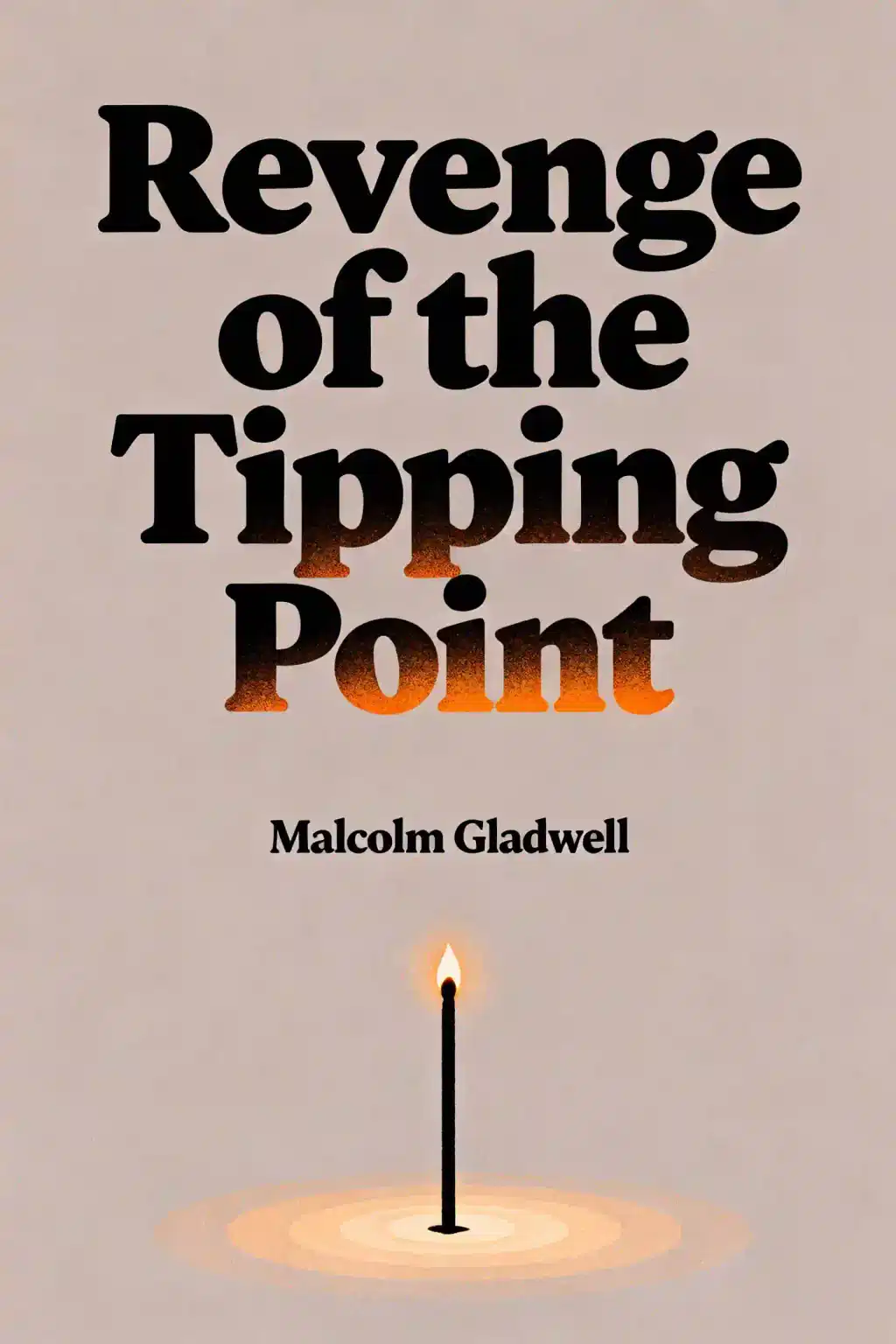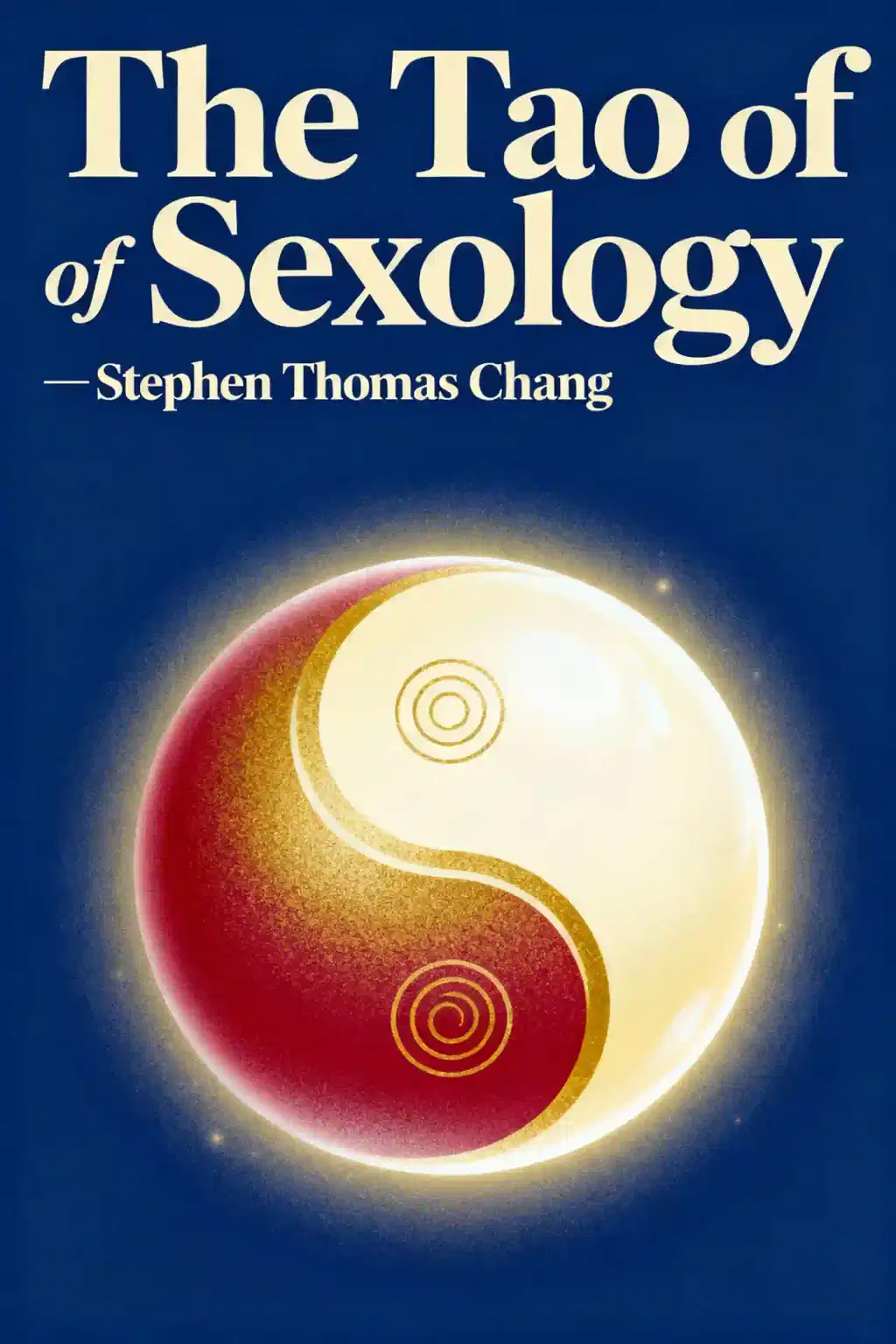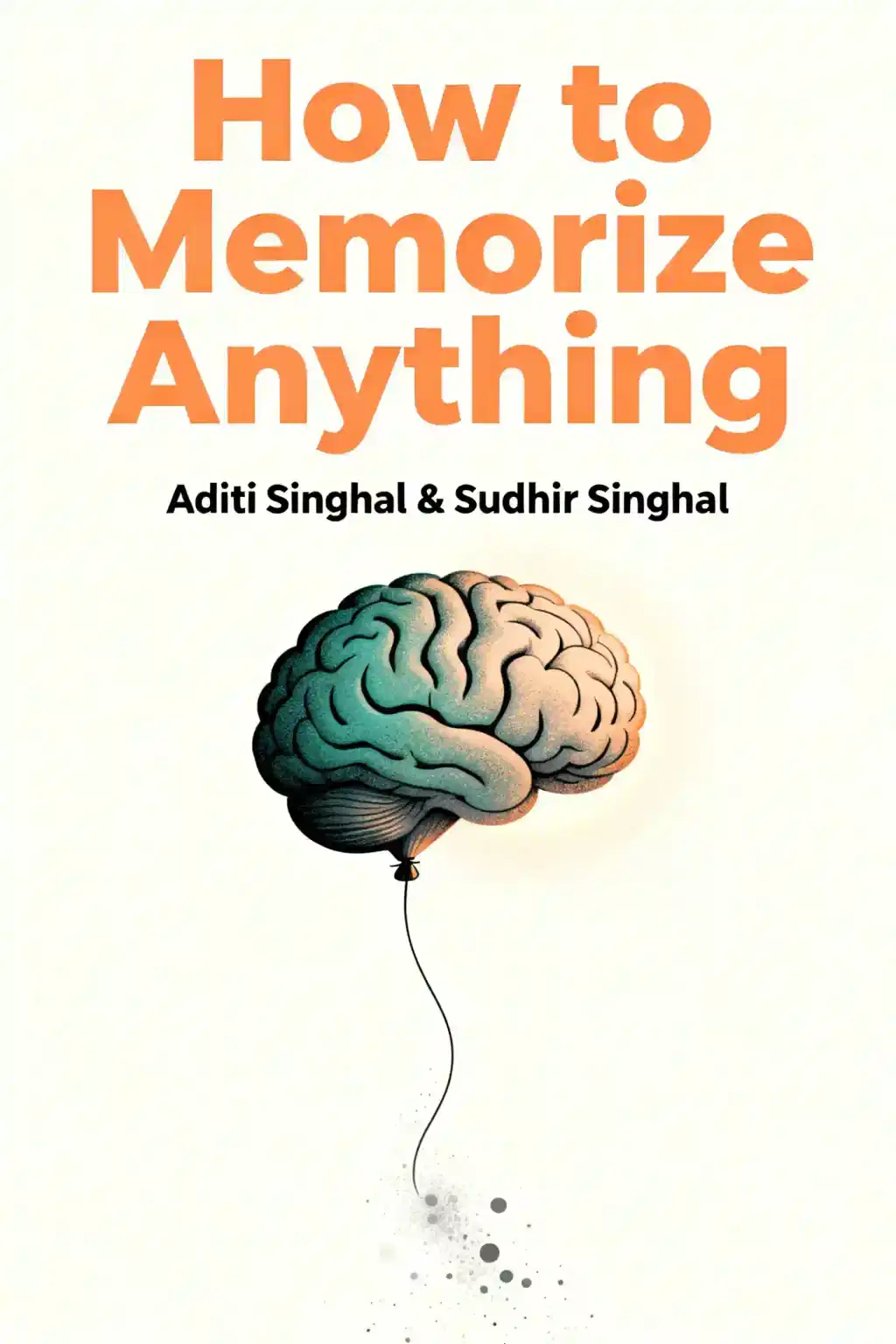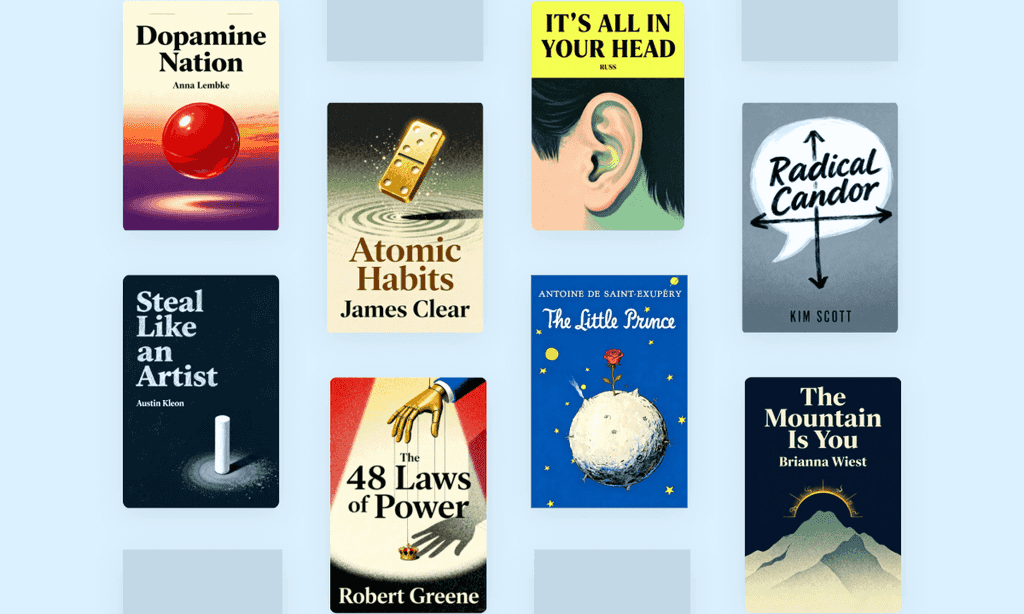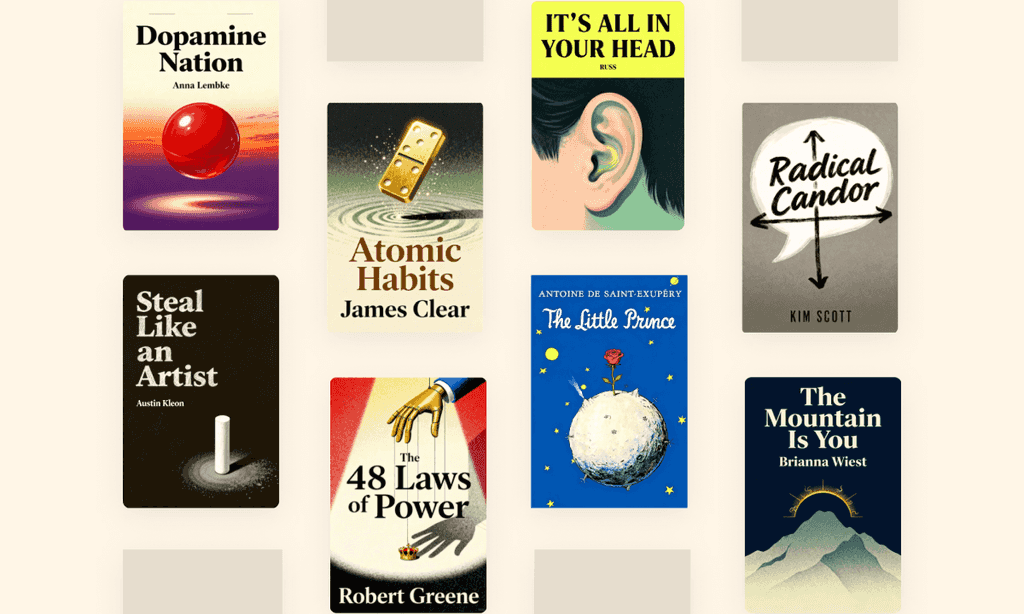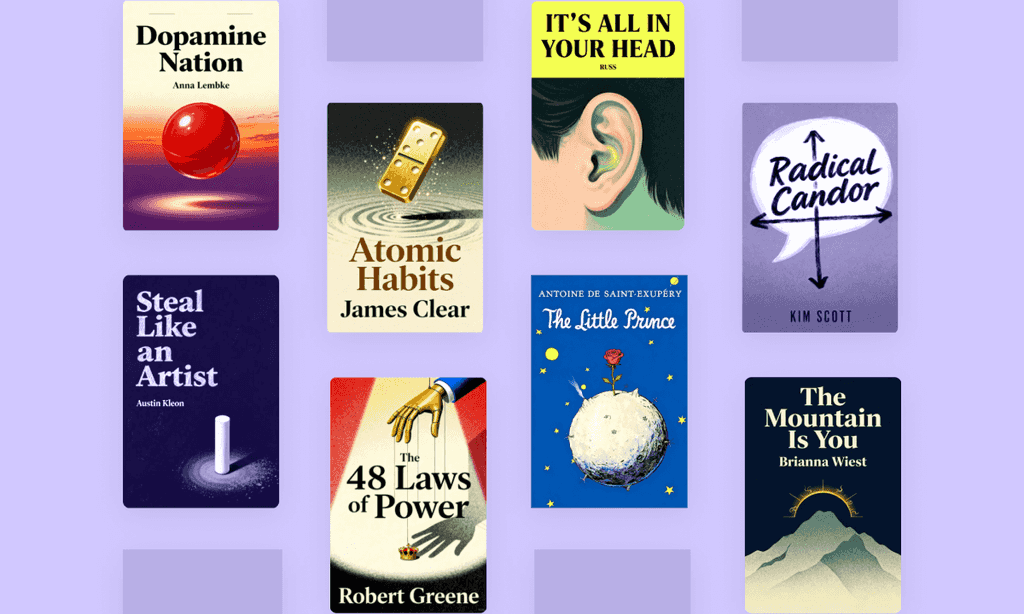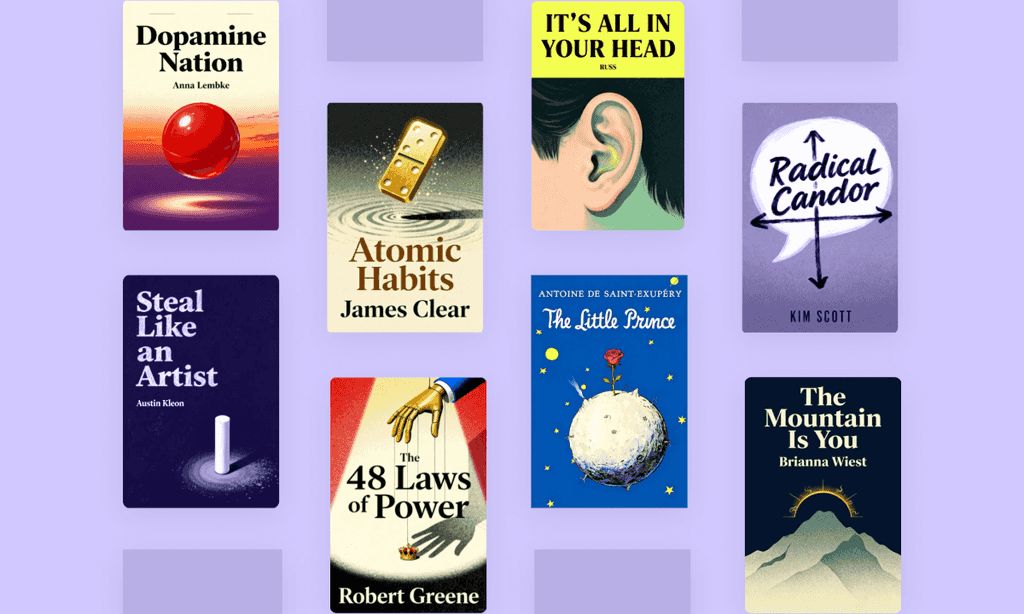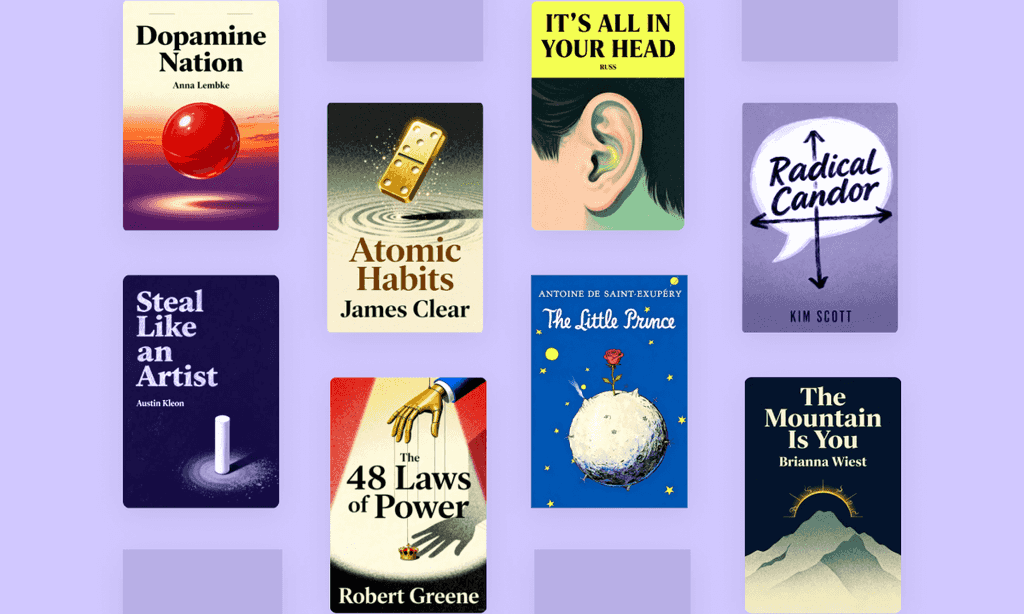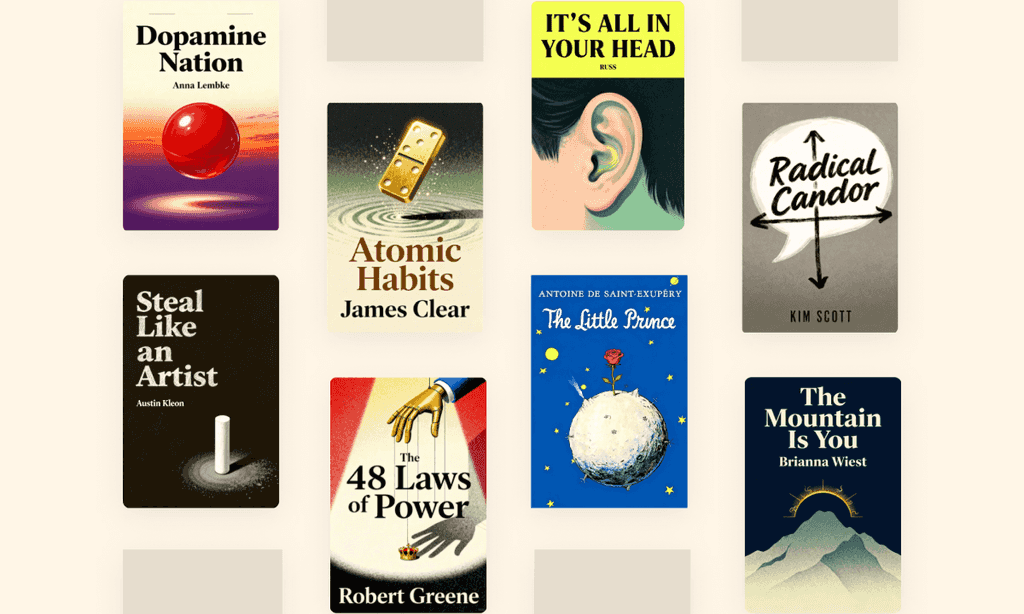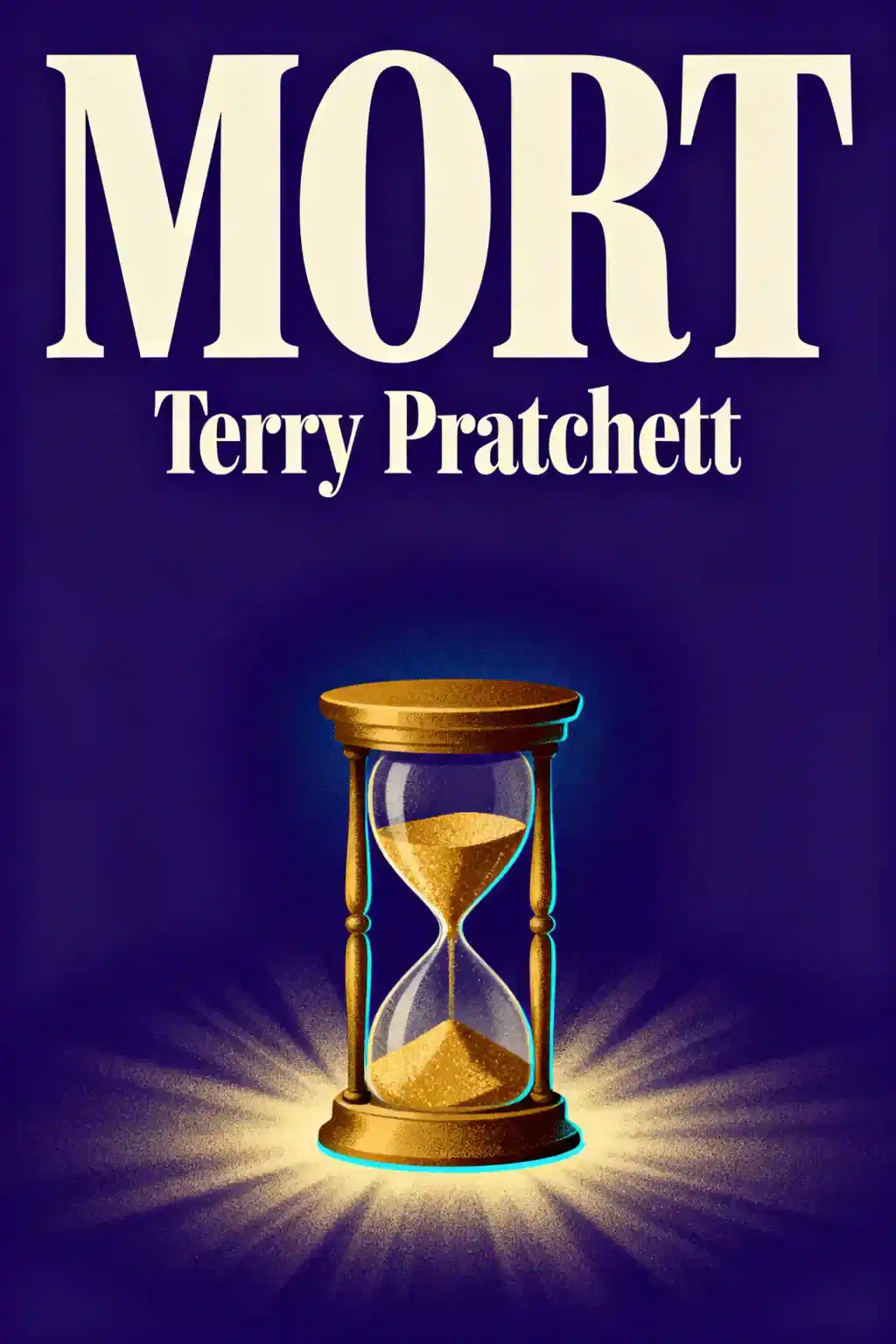
Mort by Terry Pratchett Summary
In Mort, Death takes on an apprentice, revolutionizing Pratchett's Discworld series. This award-winning novel launched the character arc that helped Pratchett become the UK's best-selling 1990s author. Ever wondered why Death might be the most relatable character you'll ever meet?
About the author
Sir Terence David John Pratchett (1948–2015) is the bestselling author of Mort and creator of the phenomenally successful Discworld series, celebrated for his unique blend of fantasy, satire, and sharp wit. Published in 1987, Mort is the fourth Discworld novel, following a young apprentice to Death himself and exploring themes of mortality, duty, and free will through Pratchett's signature comedic lens.
Pratchett began as a journalist before publishing his first novel, The Carpet People, in 1971. He launched Discworld with The Colour of Magic in 1983, eventually writing 41 novels that satirized politics, religion, and human nature.
Pratchett wrote over 50 books, becoming Britain's bestselling author of adult fiction, with the Discworld series translated into numerous languages and beloved by millions worldwide. His work earned him the Carnegie Medal, ten honorary doctorates, and a knighthood in 2009 for services to literature.
FAQs About This Book
Mort is a fantasy comedy novel about an awkward farm boy named Mort who becomes apprentice to Death himself on Discworld. When Death takes a holiday to experience human pleasures like cooking and dancing, Mort prevents Princess Keli's assassination during a solo assignment, creating a dangerous rift in reality that he must fix before the universe unravels. The story combines satirical humor with themes of responsibility, purpose, and growing up.
Mort is ideal for readers who enjoy humorous fantasy with philosophical depth, particularly fans of satirical takes on death, bureaucracy, and coming-of-age stories. It appeals to Discworld newcomers since it's early in the series but relatively standalone, as well as anyone seeking lighthearted yet thought-provoking fiction. The book suits readers who appreciate character-driven narratives exploring purpose, responsibility, and the absurdity of life's systems through Terry Pratchett's signature wit.
Mort is absolutely worth reading as one of Terry Pratchett's most beloved Discworld novels, offering both entertainment and surprising depth. The book successfully balances comedy with meaningful exploration of mortality, purpose, and maturity while introducing Death as one of fantasy literature's most memorable characters. Its satirical examination of bureaucracy and responsibility resonates universally, making it both timeless and accessible. Pratchett's clever wordplay and character development make it a standout entry point into Discworld.
Sir Terry Pratchett (1948-2015) was a British author best known for the phenomenally successful Discworld series, becoming one of the UK's best-selling writers. Mort, published as the fourth Discworld novel and first in the Death subseries, marks a turning point where Pratchett's satirical voice truly crystallized. He was knighted in 2009 for his contributions to literature and continued writing despite being diagnosed with Alzheimer's disease in 2007.
The central conflict occurs when Mort saves Princess Keli from her destined assassination, creating a "Dome of Reality" that threatens to destroy the universe. History records Keli as dead, but she remains alive, causing reality itself to fracture as two incompatible versions of events compete. Mort must fix his mistake while struggling with his growing Death-like powers, facing both the advancing reality dome and eventually a titanic duel with Death himself to resolve the paradox.
Mort evolves from an awkward, well-intentioned boy desperate to please everyone into a responsible man who accepts ownership of his mistakes. As he performs Death's duties, Mort gradually takes on Death-like attributes and attitude, becoming chillingly efficient at harvesting souls. His character arc culminates when he stops trying to hide his error and actively seeks to correct it, demonstrating the maturity needed to care for Ysabell and earn Death's respect as his son-in-law.
Death in Mort represents the bureaucracy and isolation of duty, portrayed as an entity who must reap souls without feeling despite understanding the weight of responsibility. Pratchett subverts traditional death mythology by showing Death curious about human pleasures—working as a short-order cook, dancing, and drinking during his holiday. This characterization raises questions about purpose and happiness: when people stop living they must die, but they cannot die unless Death completes the necessary "paperwork," making mortality itself an exercise in cosmic bureaucracy.
The Dome of Reality is a hazy, sizzling barrier that represents the collision between what happened (Keli's survival) and what history records (Keli's death). This dome steadily advances on Princess Keli in Sto Lat, threatening to erase her existence and restore the "correct" timeline. It symbolizes how reality itself becomes unstable when destiny is disrupted, creating a visual manifestation of Mort's mistake that cannot be ignored or hidden, forcing him to confront the consequences of interfering with fate.
Mort and Ysabell's relationship evolves from initial tension to romance, though somewhat abruptly according to some readers. Ysabell is Death's adopted daughter who lives in his timeless domain and initially resists the idea of marrying Mort. As Mort matures and takes responsibility for his actions, Ysabell accompanies him on his final Duty and falls in love with him. Their relationship culminates in marriage, with Mort becoming Death's son-in-law and Duke of Sto Helit.
Mort explores:
- Purpose and meaning through the protagonist's apprenticeship, showing how responsibility gives life direction against the vastness of Discworld.
- The novel examines maturity and accountability, demonstrating how accepting ownership of mistakes transforms a boy into a man.
- Death and mortality serve as both literal plot elements and philosophical questions about duty's isolation versus human connection.
- The satirical theme of bureaucracy runs throughout, suggesting even cosmic forces require paperwork and proper procedures.
Mort represents a maturation point in the Discworld series, being the fourth novel overall and the first focused on Death as a central character. Unlike earlier Discworld entries that parodied specific fantasy tropes, Mort develops more consistent characterization and character-driven plot. It's considered more accessible than The Colour of Magic for new readers while establishing Death as one of Pratchett's most enduring characters. The novel balances humor with deeper philosophical questions more successfully than the series' initial installments.
Mort teaches that:
- Taking responsibility for mistakes is essential for personal growth, rather than hiding errors or hoping they disappear.
- The book demonstrates that finding purpose through meaningful work combats feelings of inadequacy and aimlessness, even when that work feels overwhelming.
- Readers learn that understanding the weight of duty helps develop empathy and maturity.
- Finally, Mort illustrates that accepting you cannot please everyone while still doing what's right reflects true character development applicable to workplace transitions, relationships, and personal decisions.
Quick Summary Mode - Read or listen to Mort Summary in 8 Minutes
Break down key ideas from Mort into bite-sized takeaways to understand how innovative teams create, collaborate, and grow.
Flash Card Mode - Top 10 Insights from Mort in a Nutshell
Distill Mort into rapid-fire memory cues that highlight Pixar’s principles of candor, teamwork, and creative resilience.

Fun Mode - Mort Lessons Told Through 22-Min Stories
Experience Mort through vivid storytelling that turns Pixar’s innovation lessons into moments you’ll remember and apply.
Personalize Mode - Read or listen to Mort Summary in 0 Minutes
Ask anything, pick the voice, and co-create insights that truly resonate with you.

From Columbia University alumni built in San Francisco
See More Stories?

Get the Mort summary as a free PDF or EPUB. Print it or read offline anytime.














